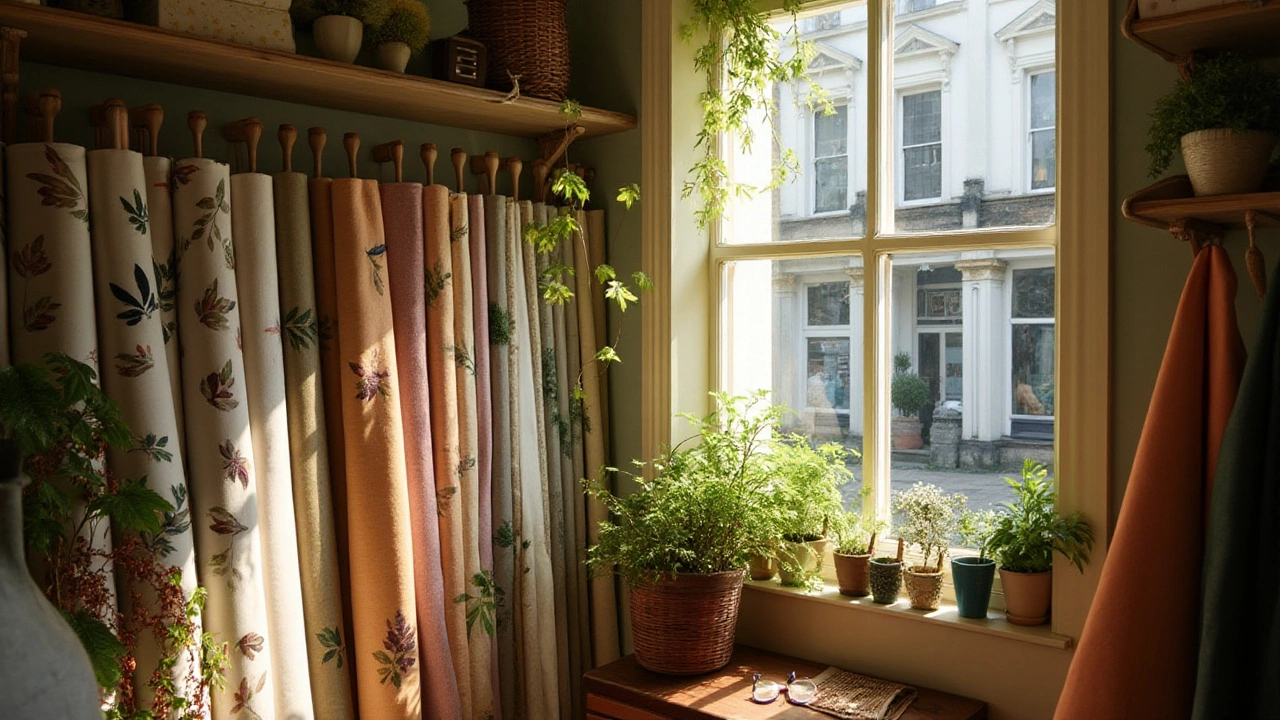Non‑Toxic Fabrics: What They Are and Why They Matter
When you buy a shirt, you probably think about style, price, and fit. But the material itself can affect your skin, the planet, and even your wallet. Non‑toxic fabrics are textiles made without harmful chemicals, dyes, or finishes. They feel softer, breathe better, and don’t leach nasty stuff onto your skin or into waterways.
Choosing non‑toxic fabrics isn’t just a buzzword trend. It’s a practical step toward healthier living and a cleaner environment. Think of it like swapping a soda for water – the difference shows up quickly in how you feel and how the world around you reacts.
Common Non‑Toxic Materials
Organic cotton is grown without synthetic pesticides or fertilizers. It’s softer than regular cotton and usually gets a lower carbon footprint when grown responsibly. Tencel (lyocell) comes from sustainably harvested wood pulp and uses a closed‑loop process that recycles almost all the chemicals. The result is a silky, breathable fabric that degrades faster than polyester.
Hemp is another heavyweight in the non‑toxic game. It needs little water, no pesticides, and gets stronger as it ages. Recycled polyester isn’t “toxic free” in the strict sense, but it reduces waste by turning plastic bottles into yarn, cutting down on landfill and oil use.
Some brands even explore newer fibers like linen from flax, which grows well without much irrigation, and modal made from beech trees using a low‑impact process. All these options give you a menu of choices that feel good and do good.
How to Choose and Care for Safe Fabrics
Start by reading labels. Look for certifications such as GOTS (Global Organic Textile Standard) for organic cotton, OEKO‑Tex for low‑chemical textiles, or Bluesign for responsibly made synthetics. If a brand mentions “non‑toxic dyes” or “zero‑Azo,” that’s a good sign they’re avoiding harsh colorants.
Don’t just rely on marketing hype. Check the brand’s sustainability page or transparency report. Brands like Stella McCartney and Patagonia openly share their supply chains, while fast‑fashion giants often hide details. When in doubt, choose simpler fabrics – natural fibers with minimal finishes are usually safer.
Cleaning your clothes the right way keeps them non‑toxic over time. Wash in cold water, use a gentle detergent free of phosphates and optical brighteners, and skip fabric softeners that can coat fibers with chemicals. Air‑drying reduces energy use and prevents heat‑set stains.
If you’re already owned a bunch of synthetic pieces, consider a short‑term detox. Spot‑clean with a vinegar‑water mix, rinse well, and then give the whole garment a gentle cycle with a plant‑based detergent. This can strip away some lingering residues.
Finally, think about the whole lifecycle. When a garment reaches the end of its wear, recycle or donate instead of tossing it. Some companies offer take‑back programs for polyester or cotton items, turning old clothes into new fibers.
By paying attention to material, certification, and care, you can build a wardrobe that feels good on the skin and light on the planet. Non‑toxic fabrics are no longer a niche – they’re becoming the standard for anyone who wants to look good without compromising health or the environment.
